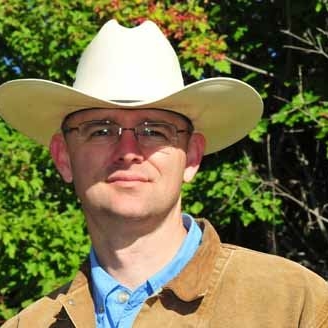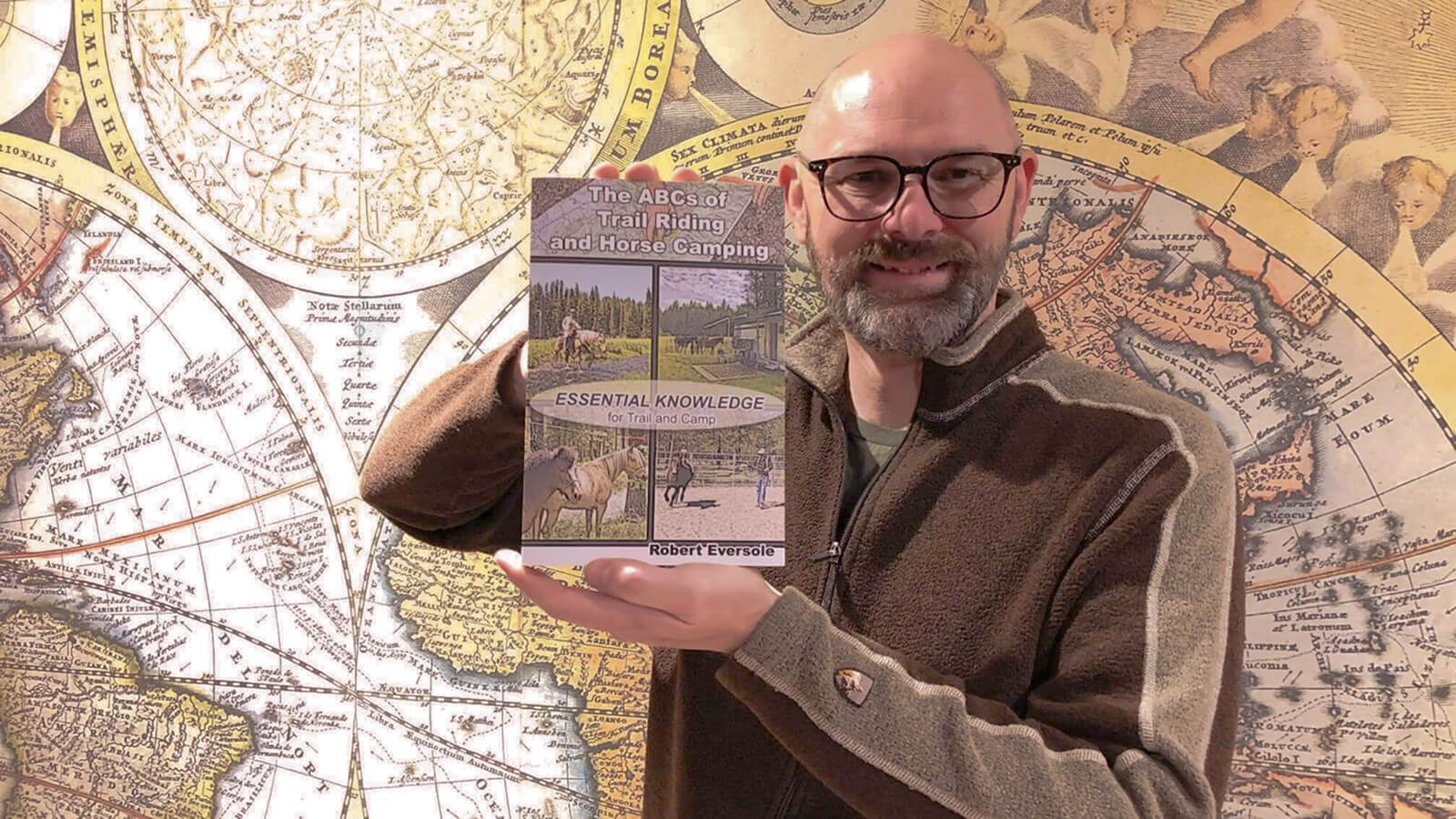2021 was quite a year! We had a few excellent rides with the mules, attended a very worthwhile clinic, and started on an epic pack trip, which ended with me heading to the ER in a helicopter. I spent July through November writing a book because I couldn’t walk, ride, or otherwise engage with our equine bubbas. It was a blessing.
Enforced inactivity is jarring for someone who’s typically out and about. Finding the best in a bad situation was vital. Mobility wasn’t my strong suit, but by golly I could type, and I had a lot to share. I had scores of anecdotes and lessons learned from over 20 years in the saddle. I’d been writing for equine publications for nearly 15 years. With hundreds of magazine columns under my belt, I thought I knew the process. I would use the downtime to put together the information that I wished for when I started the equine phase of my life.
I vastly underestimated what writing a book entails (the words are easy; editing is the monster). I also learned that writing my book, The ABCs of Trail Riding and Horse Camping, was similar to working with the critters.
When working with the mules or writing, I focus on where to begin, stay motivated through the hiccups, and keep working until the objective is accomplished. The steps are the same, whether getting Cocoa to cross a puddle or completing a book section on flank cinches.
The beginning is usually the most challenging step. While starting may seem obvious, it’s often overlooked. When Cocoa decides not to cross a muddy puddle, my initial thoughts are just get across that d@mn puddle. In this and most other situations, the cloudy pool is the smallest of the issues. Mules are accomplished manipulators who can coerce you into just about anything without saying a word. They can make you drop whatever you’re doing and feed them. They can get you to “right this instant” provide an ear scratch. On the other hand, getting a mule to do what you want can be…
When working through the puddle situation, I first had to determine the root cause of her reluctance and how to remedy it. With the book, I had to decide what to write and how I would address the topics. I did the same thing with puddles. Even though she’s a small mule, I’m not going to try to force Cocoa to do anything. Cocoa has no problem with puddles in the pasture. I needed to convince her that whatever I asked was in her best interest. To get past her “no,” I had to go back to her “yes.”
Once a course of action is decided on, it’s ok to accept any initial failures. Embrace them. Growth is hard, and we will most certainly mess something up. Be kind to yourself and try again. The determination to continue is what will sustain you, not some vague standard of perfection. Adverbs are my kryptonite. In my book, removing the many hundreds if not untold thousands of unneeded adverbs was extremely hard. Cleaning the text was difficult but worth it in the end. With Cocoa and the puddles, we practiced groundwork around and in puddles in the pasture until she was comfortable and back in her happy place. Whenever either of us got frustrated, we went back to an exercise that we could accomplish easily. Once we returned to yes, we moved forward to the next step.
Better isn’t enough. No one cares about the book that you almost wrote. What matters is that we complete the process. Stopping when Cocoa was marginally better about crossing a puddle would do her a disservice.
The objective was to write the book that I wish was available when I started trail riding and camping with horses. With Cocoa, the goal is to have her trust me enough to confidently cross any puddle any time I ask. Both targets required more effort than initially anticipated. Reaching those goals was more satisfying than I can describe. I have this to say to anyone patching holes in their animal’s training: find the root issue, embrace the disappointments, stay motivated, and work through until the end. You and your horse or mule are worth the effort.
Nothing happens in a bubble, and writing a book is no exception. As proud as I am of getting The ABCs of Trail Riding and Horse Camping published, I have a lot of people to thank. Without them, there would be no book. As I’m working with the critters, I’m constantly wondering what my mentors would do in each situation. I think it’s fair to say that a lot of people have spent just as much time in the paddock with my mules as I have, and most of them have never stepped foot on the ranch. No matter how it feels at the time, you’re not alone.
For more musings on trail riding and camping with horses, as well as the world’s largest guide to horse trails and camps, visit me at www.TrailMeister.com. Get your copy of The ABCs of Trail Riding and Horse Camping, containing 178 sections of essential knowledge to help guide your equine journey onto the trails and into the horse camp of your dreams by visiting my page on Amazon.
See this article in the January 2022 online edition:

Robert Eversole, ”the trail meister,” owns www.TrailMeister.com, the largest database of horse riding and camping areas in the U.S. with free trail and trailhead information, trail maps, and much more to help horse enthusiasts experience the joys of trail riding. Robert is a registered riding instructor with PATH International, a mounted search and rescue team member, and a U.S. Marine who has served on the board of the Backcountry Horsemen of Washington (BCHW). He is enjoying his new career helping fellow trail riders stay found and safe on the trail. When not on the trail, The Trail Meister resides near Spokane, WA and teaches land navigation to a wide variety of outdoor groups across the nation. For North America’s largest horse trail and camping directory, trail tips, and more, visit www.TrailMeister.com.







I very much enjoyed your presentation with our BCH North Vancouver Island Chapter on Jan 20, 2022. I asked which you preferred mule or horse. I’m sure they each offer great benefits. Thanks again for an entertaining evening. I shall be purchasing at least one or more of your books. cheers,